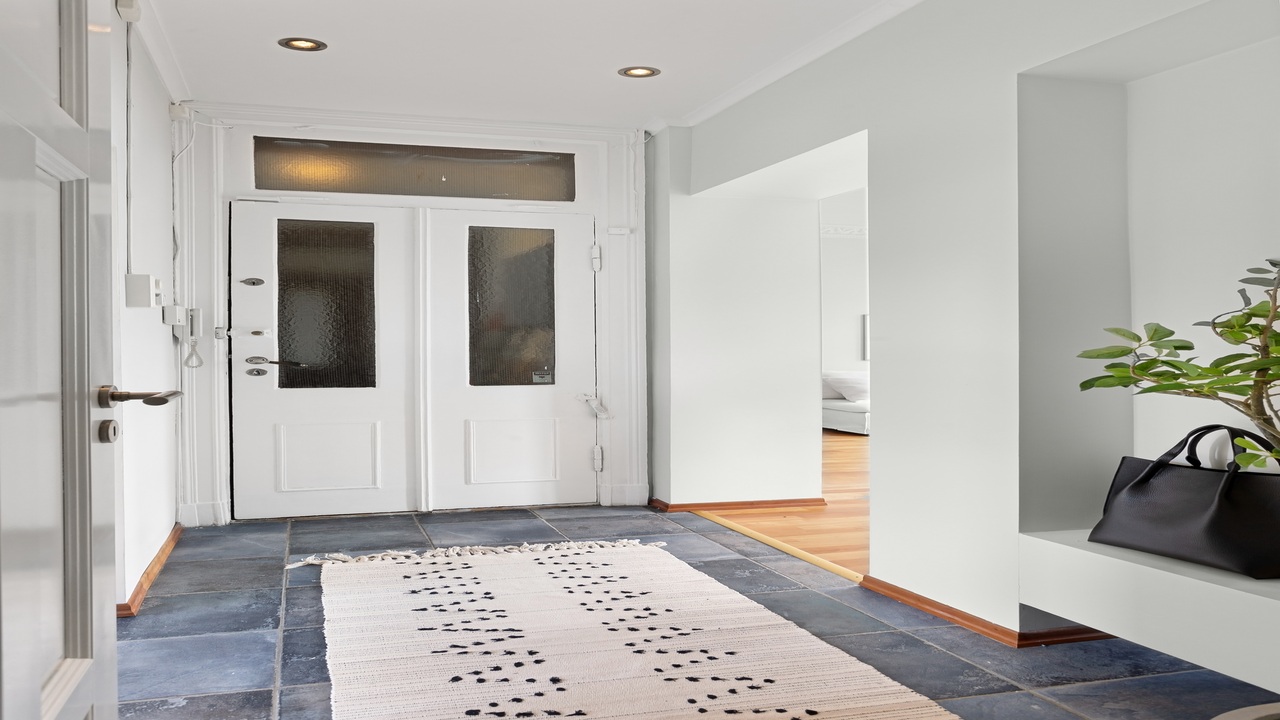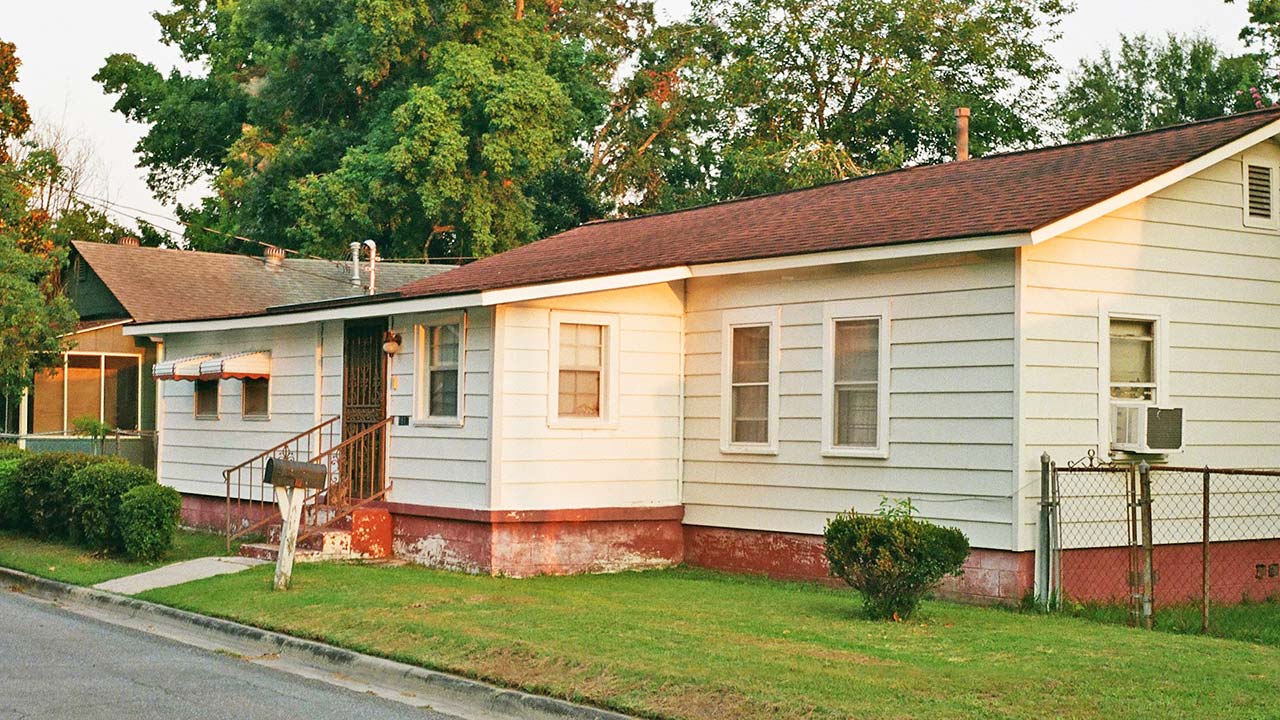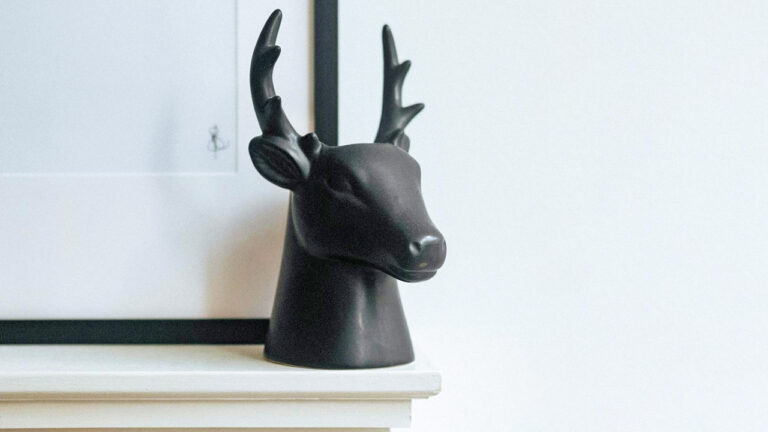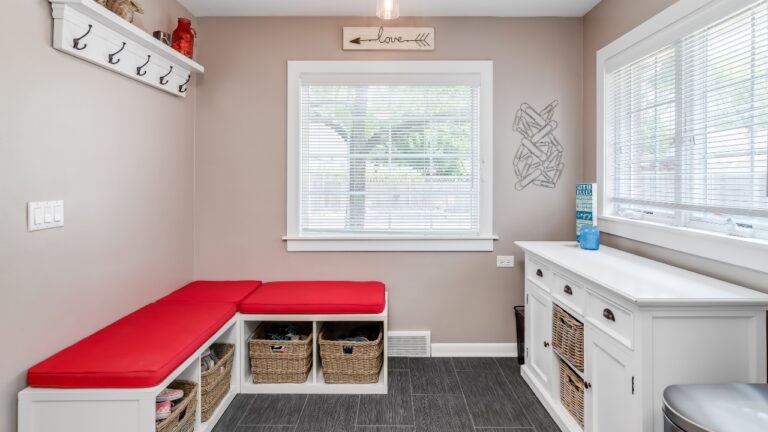This part of your house gives away how old it actually is
You can update furniture, paint, and decor all you want — but some parts of a house quietly tell the truth about its age. Even if everything else looks fresh, a few details instantly date a home to the decade it was built.
The biggest giveaway? The trim and doors. Those details might not seem like a big deal, but they’re what pull the whole space together. Once you start paying attention, you’ll notice how much they reveal.
Door styles can date a home instantly
If your interior doors are hollow-core with fake wood grain or a flat, plain panel, they likely trace back to the ‘70s, ‘80s, or early 2000s. Those styles were mass-produced because they were cheap and easy to install, but they don’t age well.
The same goes for those glossy, honey-oak finishes that used to be everywhere. Even if you’ve updated everything else, outdated doors still stand out — especially against newer paint or flooring. Switching to solid or shaker-style doors gives your home a more timeless look that instantly modernizes a room.
Trim tells the truth about your era

The baseboards and crown molding are like the frame around a picture — and older styles give away a lot. Narrow, flat trim in off-white or cream is a dead giveaway of homes built before the mid-2000s. Thicker, crisp white trim feels cleaner and more current.
You don’t have to replace everything at once, either. Even painting your existing trim a brighter color or adding a more defined profile can make a room look newer. It’s one of those upgrades that doesn’t grab attention, but people can feel the difference.
Hardware and hinges give away more than you think
You probably don’t think much about your door handles or hinges, but they say a lot. Shiny brass hardware screams 1990s. Oil-rubbed bronze had its moment in the 2010s, but now even that can date a home if overdone.
Swapping out knobs, hinges, and latches for black or matte finishes is an easy fix that makes your home feel more current without a full remodel. It’s small, but it changes how the whole space reads.
Paint and finish show the passage of time
Paint color trends come and go, but the finish itself often gives a home’s age away faster. Yellowed trim paint, high-gloss sheens, or mismatched touch-ups stand out, especially in natural light. A fresh coat in a satin or semi-gloss finish can make everything look crisper.
Even updating older wood tones with a coat of paint can bring your doors and trim into this decade without replacing them entirely.
Flooring transitions expose older layouts

Another detail that gives away a home’s age is the transition between rooms. Older houses often have raised metal or wood strips where flooring changes — like from tile to carpet or laminate. Modern homes favor smooth, continuous transitions that create a more open flow.
Replacing or refinishing those old transition strips can help your home feel more cohesive and less “patched together.”
Lighting highlights outdated details
When lighting is dim or overly warm, it exaggerates the yellow tones in old finishes and trim paint. Bright, even lighting instantly makes details look fresher. Updating bulbs to LED or neutral white tones can make an older space look cleaner without changing anything else.
Once you improve the lighting, you’ll probably notice which areas really need attention — and it’s usually the trim or doors that stand out most.
Updating a home doesn’t always mean gutting walls or changing the layout. Sometimes the smallest details — the ones you’ve stopped noticing — are what quietly age your house the most. Paying attention to those edges, frames, and finishes can make your home feel newer, cleaner, and more cared for without a huge investment.
Like Fix It Homestead’s content? Be sure to follow us.
- I made Joanna Gaines’s Friendsgiving casserole and here is what I would keep
- Pump Shotguns That Jam the Moment You Actually Need Them
- The First 5 Things Guests Notice About Your Living Room at Christmas
- What Caliber Works Best for Groundhogs, Armadillos, and Other Digging Pests?
- Rifles worth keeping by the back door on any rural property
*This article was developed with AI-powered tools and has been carefully reviewed by our editors.







